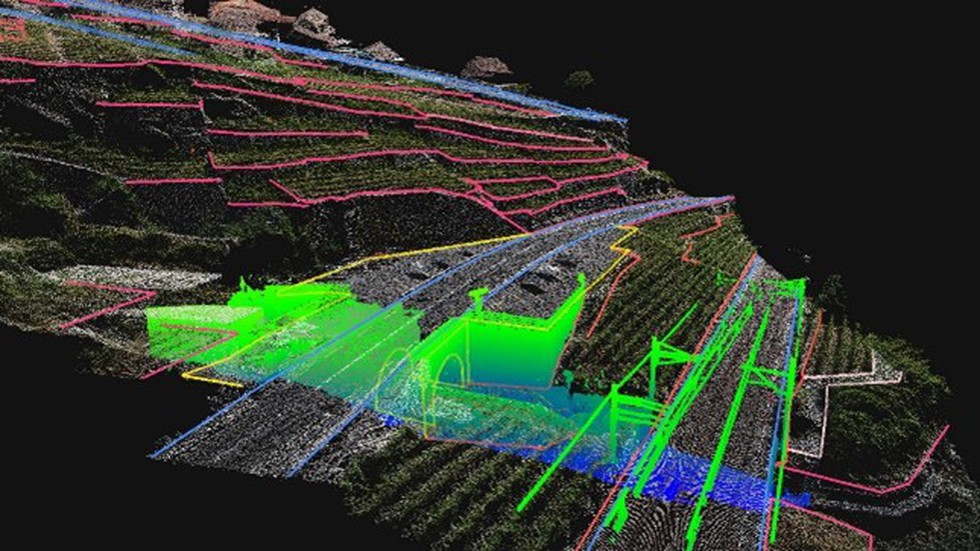In an expedition that defied conventional wisdom, a team of intrepid archaeologists has unveiled the mysteries of a 3,000-year-old city concealed within the lush and dense Amazon rainforest. The discovery, considered one of the most significant in recent times, sheds light on the advanced societies that once thrived in this ecologically rich but often underestimated region.
Led by Dr. Elena Rodriguez, a renowned archaeologist, the team unearthed a complex network of structures, including intricate dwellings, ceremonial spaces, and advanced infrastructure. The city’s design and layout indicate a level of urban planning and sophistication previously not associated with ancient Amazonian cultures.
The find challenges the longstanding perception that the Amazon rainforest was predominantly inhabited by small, scattered tribes with limited societal structures. Instead, this discovery suggests the presence of thriving, interconnected communities capable of sustaining advanced civilizations.
Archaeologists believe that the city flourished around 1,000 BCE, a time when other well-known ancient civilizations were also establishing themselves. The unique environmental conditions of the Amazon, however, have contributed to the preservation of this archaeological treasure, allowing researchers to unravel its secrets after millennia of obscurity.
The artifacts recovered from the site, including pottery, tools, and religious artifacts, provide valuable insights into the daily lives, customs, and religious practices of the ancient inhabitants. The discovery has sparked enthusiasm within the archaeological community, igniting discussions about the broader implications for understanding the cultural diversity of pre-Columbian South America.
As researchers continue to analyze the findings, the 3,000-year-old city hidden in the heart of the Amazon rainforest stands as a testament to the resilience and ingenuity of ancient civilizations, challenging our perceptions of the history of this remarkable and ecologically vital region.
